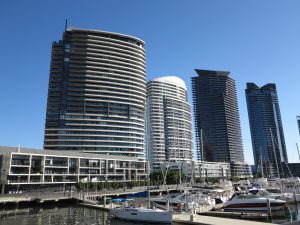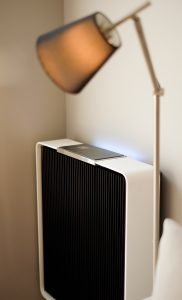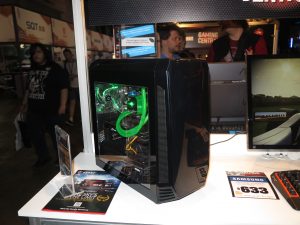Articles
AMD’s Ryzen Pro is doing double duty as a processor and house heater | PC Gamer
Asperitas and Qarnot Collaborate in Liquid Cooling | Inside HPC
Deal puts cloud computing in boilers and heaters across Europe | EE News Europe
From the horse’s mouth
Qarnot
1500 AMD Ryzen PRO will heat homes and offices next year in Bordeaux, France (Blog post)
Asperitas
Green edge computing partnership (Press Release)
My Comments
The high-performance computing industry places importance on keeping the processors cool and one way this has happened is to use liquids which works in a similar manner to how the engine is kept cool in most vehicles. This is where a loop of liquid coolant is passed between the engine block and the radiator and heater core to shift the waste heat away from the engine and, in the typical passenger car or commercial vehicle, keep the passenger cabin to a comfortable temperature when it’s cold outside.
In the computing context, it is implemented in some of the most advanced and tricked-out gaming rigs through the use of a water loop and cooling blocks attached to each processor chip along with a radiator that disperses this heat. Qarnot and Asperitas are implementing it as a way of heating water for free using the distributed-computing “micro data center” concept that Qarnot is known for with the Q.Rad data-processing room heater.
This is also in conjunction with Qarnot implementing AMD Ryzen CPUs in the next generation of the Q.Rad because these workstation processors implement perform better than the previously-used Intel CPUs yet yield the same heat output. This is important due to the fact that Qarnot’s distributed-processing market is focused on 3D rendering and visual effects for the movie and TV industry or risk-analysis in the financial industry.
But the Qarnot / Asperitas approach to harvesting the processor heat for water heating is focused primarily around providing domestic hot water for the building’s occupants or to heat the water in a swimming pool or spa installed in that building. It would be seen as having a similar environmental and running-cost advantage to a solar hot-water installation used for the same purposes. Let’s not forget that a larger number of the “edge-computing” servers that dissipate their heat in to the building’s hot-water infrastructure using this approach can provide the right amount of heated water that a building needs.
It also yields an advantage for Qarnot either during the summer season or in areas that have warmer climates because they can maintain the distributed processing concept in these areas due to their need to heat water for our year-round hot-water needs.






I truly wanted to post a brief comment to be able to thank you for some of the lovely pointers you are sharing at this site. My incredibly long internet search has at the end of the day been honored with excellent facts and techniques to share with my good friends.